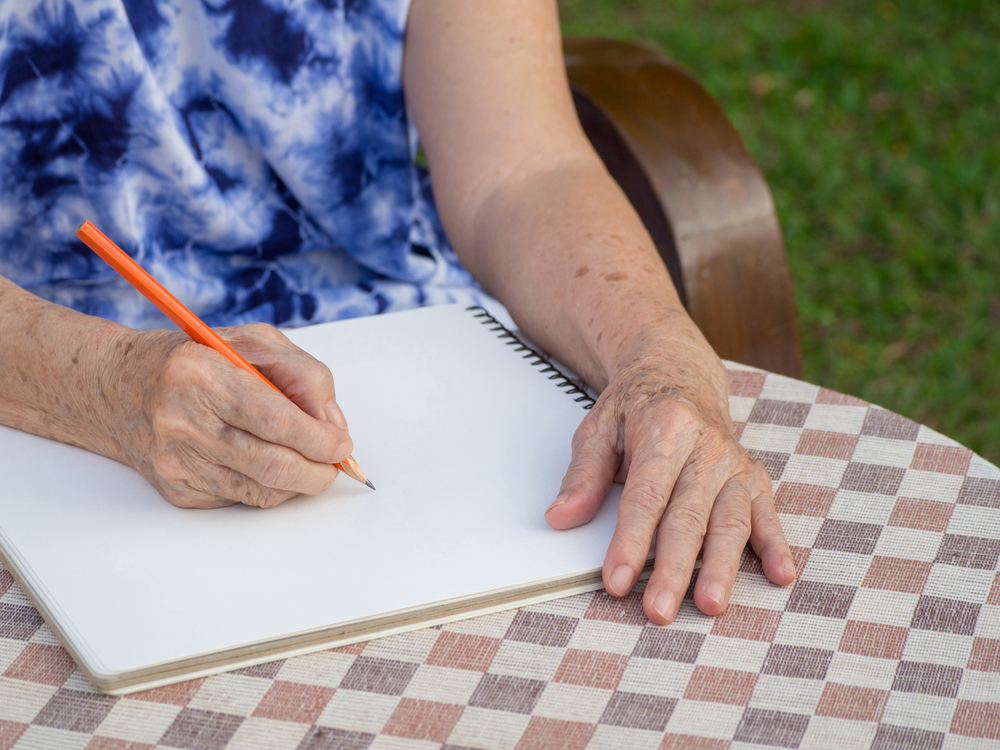Left-handedness is a unique trait shared by about 10% of the population, often accompanied by specific challenges—especially as individuals age. For seniors who are left-handed, everyday activities may require special attention and support to ensure comfort, safety, and independence.
This article explores practical tools and helpful tips to assist left-handed seniors in maintaining ease and confidence in daily living.
Understanding the Needs of Left-Handed Seniors
Many tools, appliances, and home setups are designed primarily for right-handed users. This can create difficulties for left-handed seniors who may face awkward angles, discomfort, or even injury risk when using right-hand dominant items.
Additionally, physical changes associated with aging, such as reduced dexterity, arthritis, or vision challenges, can compound these issues. Recognizing and addressing the specific needs of left-handed seniors promotes their well-being and autonomy.
Essential Tools Designed for Left-Handed Users
A variety of products are available that accommodate left-handed preferences, improving ease of use and reducing strain:
- Left-Handed Scissors: Designed with reversed blades to allow a natural cutting motion without forcing the hand. These scissors reduce discomfort and improve precision.
- Left-Handed Writing Instruments: Pens and pencils ergonomically shaped for left-handed grip, often featuring quick-drying ink to prevent smudging.
- Kitchen Tools: Items like can openers, peelers, and knives with handles and blades designed for left-hand use. These tools increase safety and efficiency during meal preparation.
- Left-Handed Computer Accessories: Mice, keyboards, and trackpads arranged or programmable for left-handed use to support comfortable technology interaction.
- Left-Handed Watches and Clocks: Wristwatches with crowns positioned for left-hand adjustment and clocks with counterclockwise numbering, which some left-handers prefer.
Incorporating these tools into daily routines can significantly enhance comfort and functionality for left-handed seniors.
Tips for Supporting Left-Handed Seniors
Beyond tools, simple adjustments and awareness can make a meaningful difference:
- Assess Home Layouts and Setups
Evaluate kitchens, bathrooms, and workspaces to ensure they accommodate left-hand use. For example, placing frequently used items on the left side, adjusting appliance orientations, or installing lever handles instead of knobs can aid accessibility.
- Encourage Customized Learning
Seniors adapting to new tools or changes in dexterity may benefit from personalized guidance. Occupational therapists or caregivers can provide training on proper use of left-handed products and adaptive techniques.
- Promote Comfortable Ergonomics
Ensure chairs, desks, and tables support good posture, with enough space for left-hand movement. Using padded grips or ergonomic supports can alleviate joint stress during writing or crafting activities.
- Foster Patience and Understanding
Left-handed seniors might take longer to adjust to right-hand oriented environments, especially in shared spaces. Patience from family, friends, and caregivers helps create a supportive atmosphere.
- Encourage Regular Breaks
Repetitive motions can cause fatigue or discomfort. Reminding seniors to take breaks during activities like writing, cooking, or using devices can prevent strain.
Benefits of Supporting Left-Handed Seniors
Adapting environments and tools for left-handed seniors offers multiple advantages:
- Enhanced Independence: Easier task completion increases confidence and reduces reliance on assistance.
- Reduced Risk of Injury: Properly designed tools minimize awkward hand positions and accidental slips.
- Improved Quality of Life: Comfort and ease promote engagement in hobbies, social activities, and daily routines.
- Emotional Well-being: Feeling understood and accommodated fosters a positive outlook and reduces frustration.
Raising Awareness and Encouraging Inclusivity
Understanding and supporting left-handed seniors encourages inclusivity and innovation in product design and caregiving practices.
Families, caregivers, and communities can support left-handed seniors by:
- Sharing information about left-handedness and related challenges.
- Exploring left-handed products together to find helpful tools.
- Advocating for environments that accommodate diverse needs.
Conclusion
Supporting left-handed seniors with the right tools and thoughtful strategies helps maintain their independence and comfort in daily living. From specialized kitchen utensils to ergonomic writing instruments, simple adaptations can make a significant difference. Creating awareness and providing practical assistance contributes to a more inclusive and comfortable experience for left-handed seniors throughout their lives.

